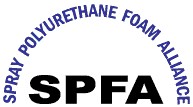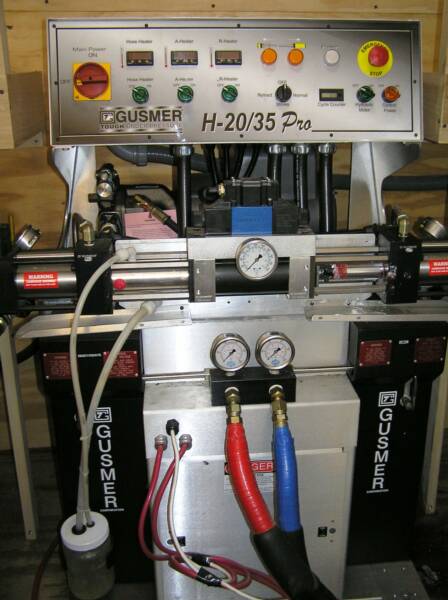Advantages of SPF (Sprayed Polyurethane Foam)
Sprayed Foam insulation reduces energy use in buildings beyond its stated R-value because SPF (closed cell):
- Provides a solid continuous vapor barrier and air-tight seal (no cracks or leaks).
- Prevents moisture infiltration through air leakage. On roofs it seals water leakage.
- Minimizes dew point problems and condensation by creating an air-tight barrier.
- Can eliminate mold & mildew from penetrating the envelope of your living environment.
- Resists heat movement in all directions.
- Provides reliable performance under varying conditions. Does not break down (i.e., sustainable).
- Increases wall strength 300 times (see govt NABH regarding racking & shearing tests for foam)
- It has the highest exponential R-value of all insulations. FOAM has a 92% Efficiency Rating (ER), 1 inch equivalent to R-20.09! 2 inches = R- 40.18 ! 3.5 inches = R- 63.7 according the rating by the U.S. Dept. of Energy! ER boost based on RED factors:
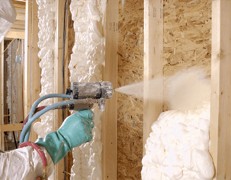
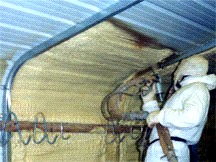
Sprayed Foam is the
tightest air sealer.
Foam for metal buildings.
Foam where nothing else will work.
ONLY FOAM can INCREASE the insulation rating by reducing all 6 causes of heat transfer.
Cellulose addresses # 2 & # 3 in ways that fiberglass cannot.
3.5 inches of Fiberglass has 32% efficiency with only R-11.2
Only SPF foam addresses all 6 in ways no other insulation can!
>
As the most effective type of insulation, closed-cell Sprayed Polyurethane FOAM (SPF) is a solid, rigid, waterproof, and seamless plastic after it cures (in only a few seconds). It is impervious to liquid or gas penetration. The History Channel describes closed-cell polyurethane foam insulation as one of the "modern marvels" of modern chemistry: It not only insulates, but also dramatically adds to the strength and structural integrity of any building material. SPF is sustainable: Unlike other materials that have a limited life expectancy, SPF has an indefinite life when maintained properly.
(Health: The new generation SPF foam, properly installed, does not "off-gas" chemicals, nor contain formaldehyde.)
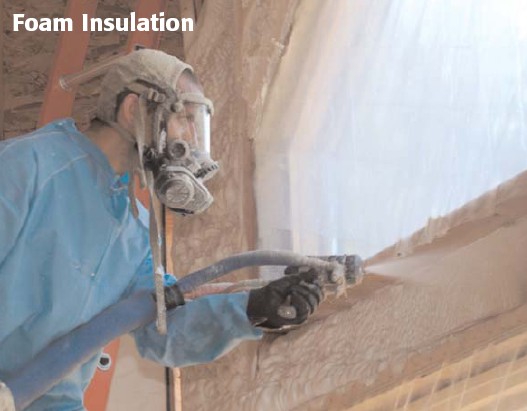
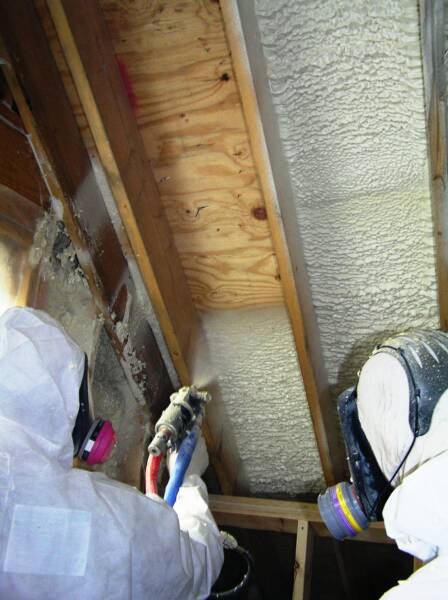
OPEN-CELL foam (below) for sound-proofing & insulation.
CLOSED-CELL (below) and High- Density foam insulation for waterproofing, thermal barriers and increased strength and structural integrity.
Attic roofs
Additional FAQ pages
on this web site:
"Which is best for me:" Open cell foam versus closed cell foam?
"How can SPF foam reduce my suffering from allergies, dust and mold?
How do I sort out the debate between promoters of Icynene and closed-cell foam?
Glossary of terms: "What do these terms mean?"
How does foam insulate my house from rodent and insect invasion?
Related Articles and links:
Seal crawlspace or basement with
foam to reduce or eliminate:
- Moisture/Mold invasion
- Noise (squeaky floors)
- Cold floors (& thermal bridges)
- Carcinogeous radon gas
- CO2 or natural gas leaking from heating systems
- Gasoline or carbon monoxide fumes into garage apartment
- Insect & rodent penetration
Click to read info on crawlspaces
Oak Ridge National Laboratory research shows that “perfectly installed” fiberglass batts lose 11% of their labeled
R-Value, and that “commonly installed” fiberglass batts lose 28% of their labeled R-value. This study confirms tests conducted 20 years ago by fiberglass manufacturers, and reveals the surprisingly large disparity between the labeled R-value and the installed R-value of fiberglass batts. The point is that R-Value is not the best measure of insulation and that fiberglass is the worst kind of insulation.
(Adobe Acrobat PDF reader needed) <<< click here
See History Channel's video on this "Modern Marvel" (23 MB download)
Click
< Click here
Click
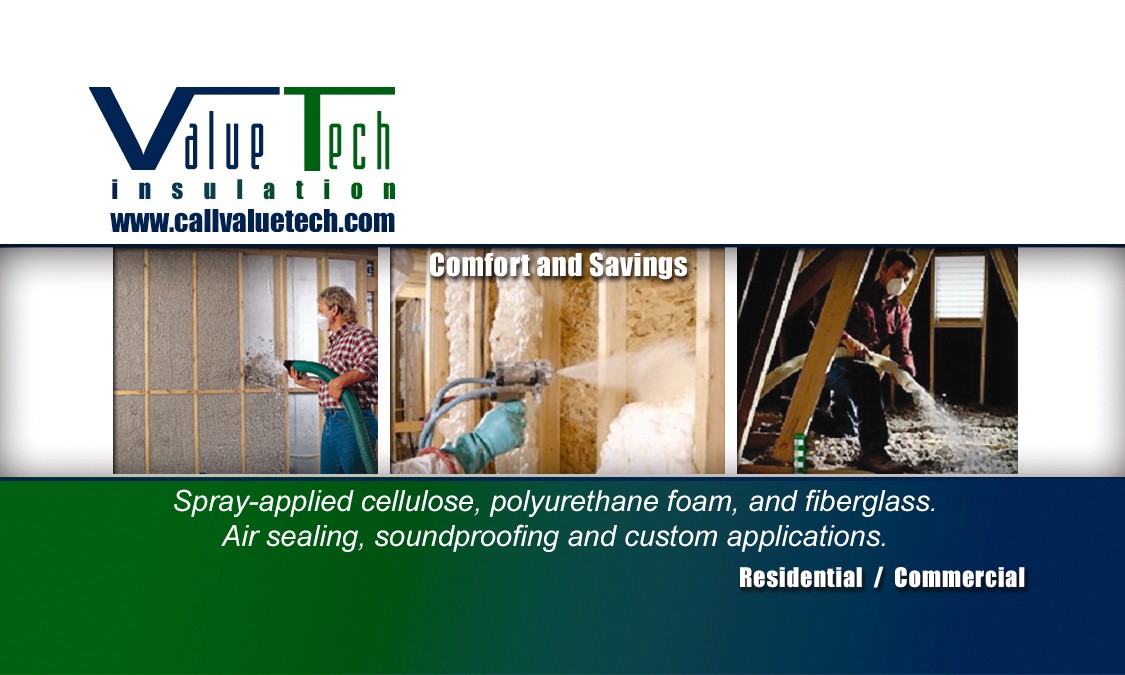
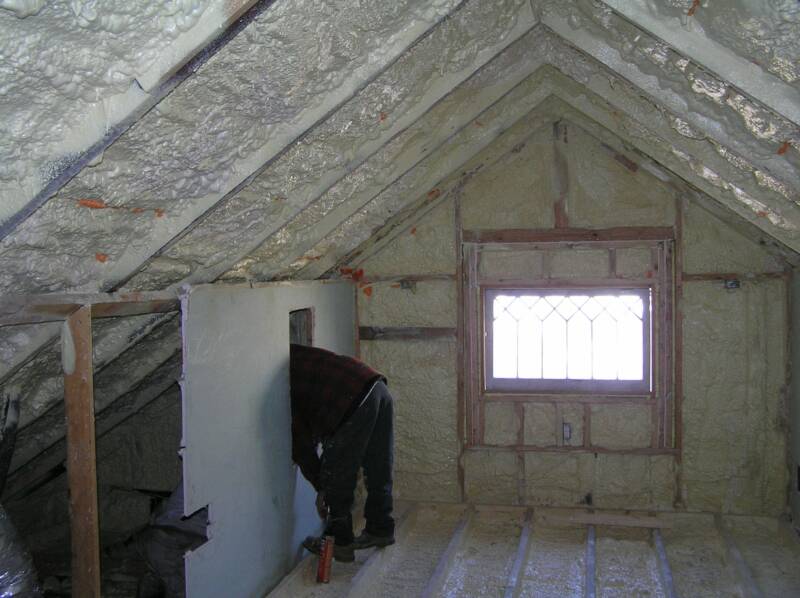
Click here
Click here
See History Channel's video on foam "Modern Marvel" ( 23 MB download)

Serving Metro Atlanta and the Southeast U.S.
770-981-9090
Fax: 484-991-5162
Free estimates
Email: info@callvaluetech.com
Main FOAM page

Helping the "Building Green" revolution of energy savings for the planet and the pocket.
See U.S. Government "Green Home" building programs.
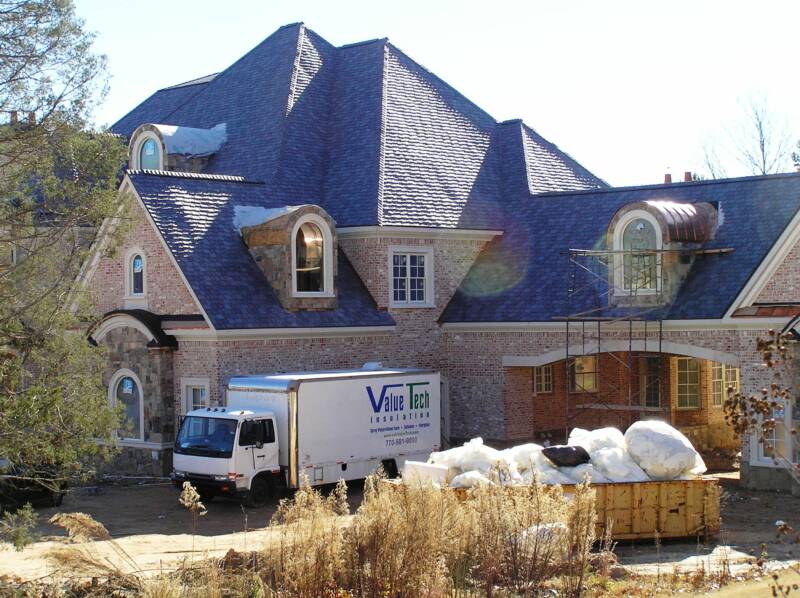
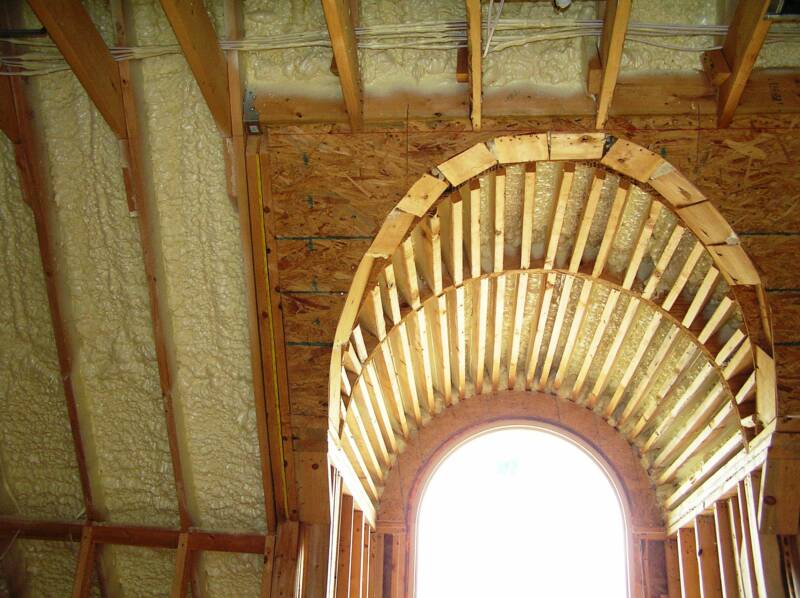
Intricate work
No wires buried.
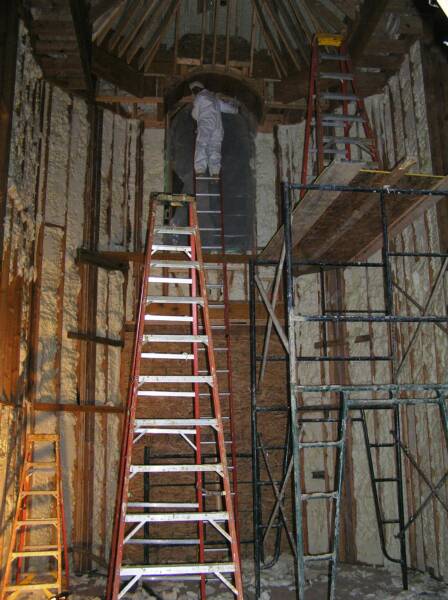
3 story foyer in 28,000 sq. ft. house
(See photo of whole house below.
Value Tech foamed the roof, walls, and basement. No other insulation was used besides SPF foam)
│
│
│
│
│
│
│
Click
